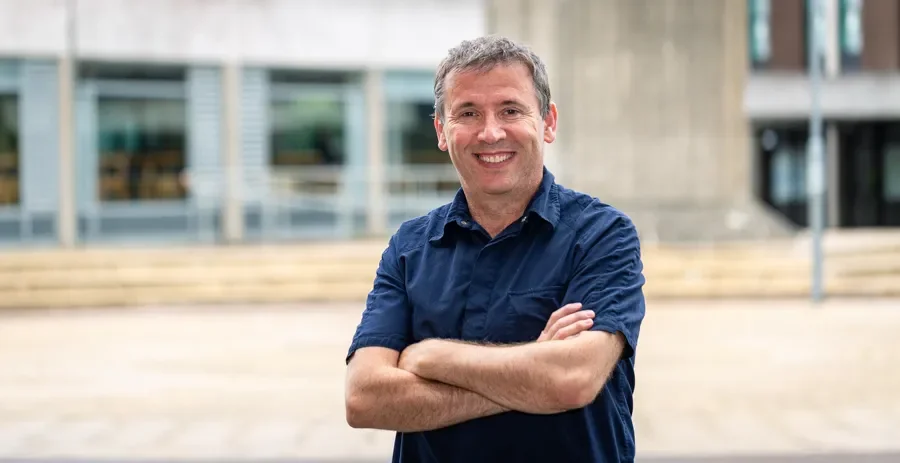

Large scale DCU Study Reveals ACL surgery insights
The extensive five-year study of nearly 1,500 athletes has revealed significant differences in outcomes between two common ACL reconstruction techniques, with findings that could reshape surgical decision-making for elite athletes. It is one of the largest long-term studies of ACL outcomes in elite athletes, with a 91.1% follow-up rate over five years.
The team, including Prof Kieran Moran, Niamh Keane and Prof Brian McDevitt, tracked athletes participating in high-demand "level 1" sports like soccer, rugby, and Gaelic football, and found that those who received bone-patellar tendon-bone (BPTB) grafts had dramatically lower re-injury rates compared to hamstring tendon (HT) grafts. Prof Devitt is Full Professor and Chair of Orthopaedics and Surgical Biomechanics at Dublin City University.
- BPTB grafts: 4.3% re-injury rate
- Hamstring grafts: 19.7% re-injury rate
Read the full paper in the American Journal of Sports Medicine

This represents nearly a five-fold difference in risk between the two surgical approaches for athletes returning to these highly demanding sports. This data emphasises the importance of personalised treatment in these cases in order to provide better outcomes.
Despite the difference in outcomes, the overall outlook for athletes was positive:
- 87.4% of athletes successfully returned to level 1 sports within five years
- Most athletes (92.5%) who returned to play did so within the first two years
- Nearly 60% maintained performance levels equal to or higher than before their injury
- Athletes who successfully returned maintained their performance level throughout the five-year study period
One of the study's most important discoveries was the timing of re-injuries. Contrary to conventional wisdom that focuses on the first two years post-surgery, researchers found:
- 50.8% of graft re-injuries occurred between years 2-5 after surgery
- 64.8% of injuries to the opposite knee occurred in this same late period
This finding highlights the need for extended monitoring and injury prevention efforts well beyond the typical rehabilitation period.
For the thousands of athletes who suffer ACL injuries each year while participating in pivoting sports, this research provides valuable insights into both the risks and realistic expectations for surgical reconstruction - with the encouraging news that the vast majority can successfully return to their sport while maintaining good knee function over time.
